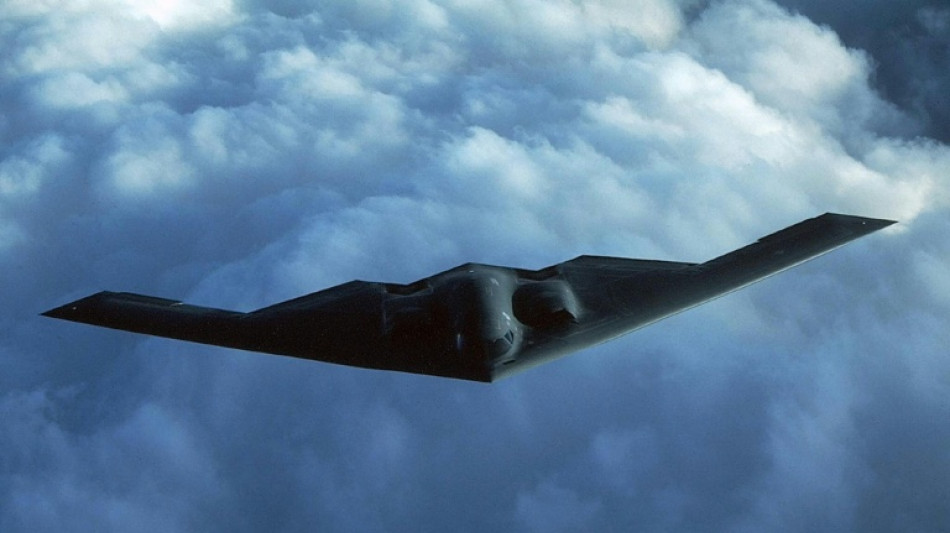
-
 Raleigh reaches 60 homers as Mariners clinch first division title since 2001
Raleigh reaches 60 homers as Mariners clinch first division title since 2001
-
Savea leads 'stung' All Blacks, Wallaby Slipper to hit 150 Test milestone

-
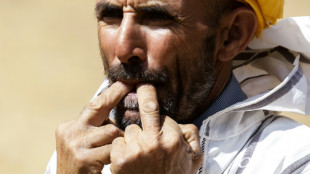 Morocco High Atlas whistle language strives for survival
Morocco High Atlas whistle language strives for survival
-
Glimmering sea of solar as China expands desert installation

-
 France's Sarkozy set to learn fate in Libya case
France's Sarkozy set to learn fate in Libya case
-
Clean-up underway in southern China after Typhoon Ragasa sweeps through
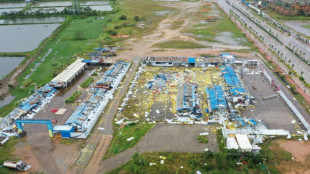
-
 Apple asks EU to scrap landmark digital competition law
Apple asks EU to scrap landmark digital competition law
-
Asian markets slide as traders prepare for key US data
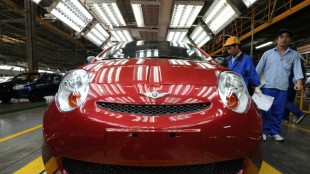
-
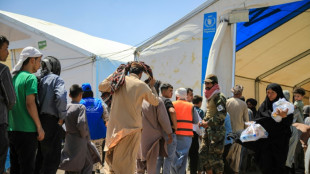 Return of millions of Afghans fuels terror potential
Return of millions of Afghans fuels terror potential
-
Savea to lead 'stung' All Blacks as Robertson makes four changes

-
 'Shut your mouth': Low-paid women still waiting for their #MeToo
'Shut your mouth': Low-paid women still waiting for their #MeToo
-
Famed 'sponge cities' Chinese architect dead in Brazil plane crash
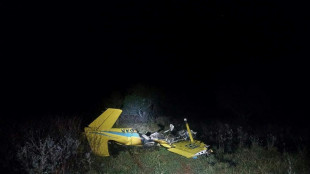
-
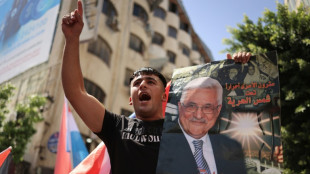 Palestinian leader to address UN as peace push gathers steam
Palestinian leader to address UN as peace push gathers steam
-
Canada's Indigenous wary of mining push in rich 'Ring of Fire'
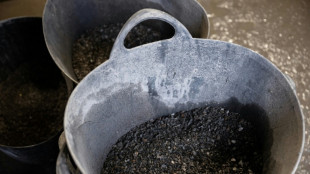
-
 Trump visit adds to intensity as Ryder Cup looms
Trump visit adds to intensity as Ryder Cup looms
-
Savea to lead All Blacks as four changes made to face Wallabies

-
 Kimmel scores decade-high ratings amid Trump fight: Disney
Kimmel scores decade-high ratings amid Trump fight: Disney
-
Trump trolls Biden with White House 'autopen' portrait

-
 Low bar, high hopes: China unveils new climate goals
Low bar, high hopes: China unveils new climate goals
-
Under-fire Brazil Senate scraps immunity bid

-
 Donald and Bradley tout respect, trade jabs at Ryder Cup opening ceremony
Donald and Bradley tout respect, trade jabs at Ryder Cup opening ceremony
-
Escalatorgate: Trump demands probe into UN 'triple sabotage'

-
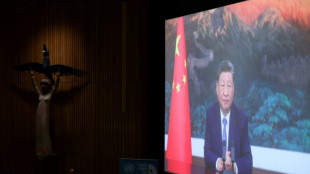 In first, China unveils specific emissions targets
In first, China unveils specific emissions targets
-
Alvarez hat-trick helps Atletico edge Rayo thriller

-
 Con job? Climate change is my job, says island nation leader
Con job? Climate change is my job, says island nation leader
-
US stocks fall again while Alibaba gains on big AI push

-
 Forest denied winning European return by Antony, Roma down Nice
Forest denied winning European return by Antony, Roma down Nice
-
Postecoglou's Forest held by Antony's Betis on European return

-
 Eze nets first goal as Arsenal join Man City in League Cup last 16
Eze nets first goal as Arsenal join Man City in League Cup last 16
-
Guardians' Fry has facial fractures after taking fastball to face

-
 Giants to go with rookie QB Dart, bench NFL veteran Wilson
Giants to go with rookie QB Dart, bench NFL veteran Wilson
-
Police clashes mar rally for Uganda opposition leader Bobi Wine

-
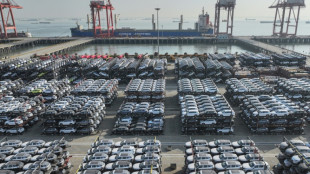 China unveils steady but restrained climate goals
China unveils steady but restrained climate goals
-
Trump 'incredibly impatient' with Russia on Ukraine, VP Vance says
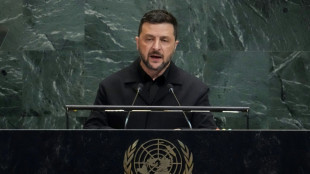
-
 France, US tell Iran still chance to avoid nuclear sanctions
France, US tell Iran still chance to avoid nuclear sanctions
-
Big news: Annual eating contest roars to life in Fat Bear Week

-
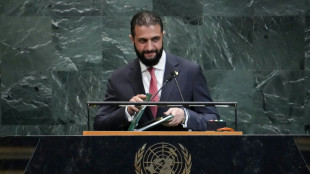 In UN debut, new Syria leader warns on Israel but backs dialogue
In UN debut, new Syria leader warns on Israel but backs dialogue
-
Malawi's ex-president Mutharika returns to power in crushing vote win
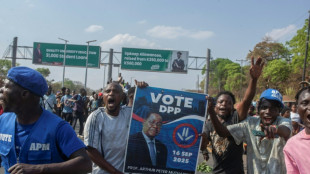
-
 Under-fire Brazil senators scrap immunity bid
Under-fire Brazil senators scrap immunity bid
-
Morikawa calls on US Ryder Cup fans 'to go crazy'

-
 India see off Bangladesh to book Asia Cup final spot
India see off Bangladesh to book Asia Cup final spot
-
Rubio calls for Russia to stop the 'killing' in Ukraine
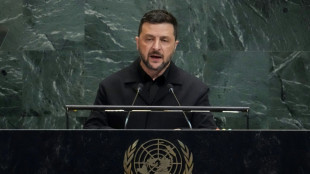
-
 Macron tells Iran president only hours remain to avert nuclear sanctions
Macron tells Iran president only hours remain to avert nuclear sanctions
-
UN humanitarian chief slams impunity in face of Gaza 'horror'
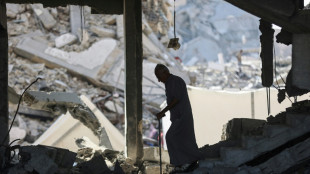
-
 Danish PM apologises to victims of Greenland forced contraception
Danish PM apologises to victims of Greenland forced contraception
-
Planetary health check warns risk of 'destabilising' Earth systems

-
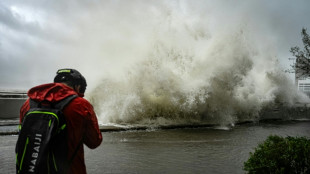 Typhoon Ragasa slams into south China after killing 14 in Taiwan
Typhoon Ragasa slams into south China after killing 14 in Taiwan
-
Monchi exit 'changes nothing' for Emery at Aston Villa
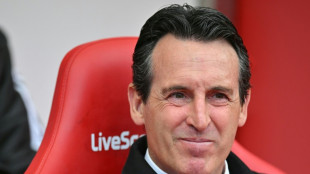
-
 Taiwan lake flood victims spend second night in shelters
Taiwan lake flood victims spend second night in shelters
-
Europe ready for McIlroy taunts from rowdy US Ryder Cup fans


US strikes on Iran: what we know
The United States has carried out strikes that caused "extremely severe damage" to three of Iran's nuclear facilities, the top US military officer, General Dan Caine, said on Sunday.
President Donald Trump had spent weeks pursuing a diplomatic path to replace the nuclear deal with Tehran that he tore up during his first term in 2018.
But he ultimately decided to take military action against Iran's nuclear program, which had already been bombarded in a more than week-long Israeli campaign that has also targeted Tehran's top military brass.
Below, AFP examines what we know about the US strikes on Iran -- an operation dubbed "Midnight Hammer."
- Major operation -
Caine told journalists the strikes involved more than 125 US aircraft including B-2 Spirit stealth bombers, fighters, aerial refueling tankers, a guided missile submarine and intelligence, surveillance and reconnaissance aircraft.
"This mission demonstrates the unmatched reach, coordination and capability of the United States military," the general said. "No other military in the world could have done this."
Caine said it was "too early" to comment on what remains of Iran's nuclear program, but that "initial battle damage assessments indicate that all three sites sustained extremely severe damage and destruction."
- B-2 bombers -
The US employed seven B-2s in the strikes -- aircraft that can fly 6,000 nautical miles (9,600 kilometers) without refueling and which are designed to "penetrate an enemy's most sophisticated defenses and threaten its most valued, and heavily defended, targets," according to the US military.
"This was the largest B-2 operational strike in US history and the second-longest B-2 mission ever flown," according to Caine.
Several B-2s proceeded west over the Pacific as a decoy while the bombers that would take part in the strikes headed east -- a "deception effort known only to an extremely small number of planners and key leaders," the general said.
"Iran's fighters did not fly, and it appears that Iran's surface-to-air missile systems did not see us. Throughout the mission, we retained the element of surprise," Caine said.
The United States used the B-2 in operations against Serbian forces in the 1990s, flying non-stop from Missouri to Kosovo and back, and the bombers were subsequently employed in the Afghanistan and Iraq wars in the 2000s.
- Massive Ordnance Penetrator -
Caine said the B-2s dropped 14 bombs known as the GBU-57 or Massive Ordnance Penetrator -- a powerful 30,000-pound (13,600-kilogram) bunker-busting weapon that made its combat debut in the Iran operation.
The bombs -- which are designed to penetrate up to 200 feet (60 meters) underground before exploding -- were needed to hit deeply buried Iranian nuclear facilities.
Testing of the weapons began in 2004 and Boeing was in 2009 awarded a contract to complete the integration of GBU-57 with aircraft.
- Tomahawk cruise missiles -
In addition to the bombers, a US guided missile submarine in the Middle East launched more than two dozen missiles at unspecified "surface infrastructure targets" at Isfahan, one of three nuclear sites struck in the operation, Caine said.
The missiles are "designed to fly at extremely low altitudes at high subsonic speeds, and are piloted over an evasive route by several mission tailored guidance systems" and were first used in 1991 against Iraqi forces during Operation Desert Storm, according to the US military.
- Aim of the strikes -
US Defense Secretary Pete Hegseth told journalists the strikes were launched to "neutralize the threats to our national interests posed by the Iranian nuclear program and the collective self-defense of our troops and our allies."
"This mission was not, has not been, about regime change," Hegseth told journalists.
A number of key figures in Trump's "Make America Great Again" movement have vocally opposed US strikes on Iran, and his promise to extract the United States from its "forever wars" in the Middle East played a role in his 2016 and 2024 election wins.
- What comes next? -
Trump has called on Iran to "agree to end this war," saying that "now is the time for peace."
But it remains to be seen whether the strikes will push Tehran to deescalate the conflict, or to widen it further.
If Iran chooses the latter option, it could do so by targeting American military personnel who are stationed around the Middle East, or seek to close the strategic Strait of Hormuz, which carries one-fifth of global oil output.
S.Spengler--VB
